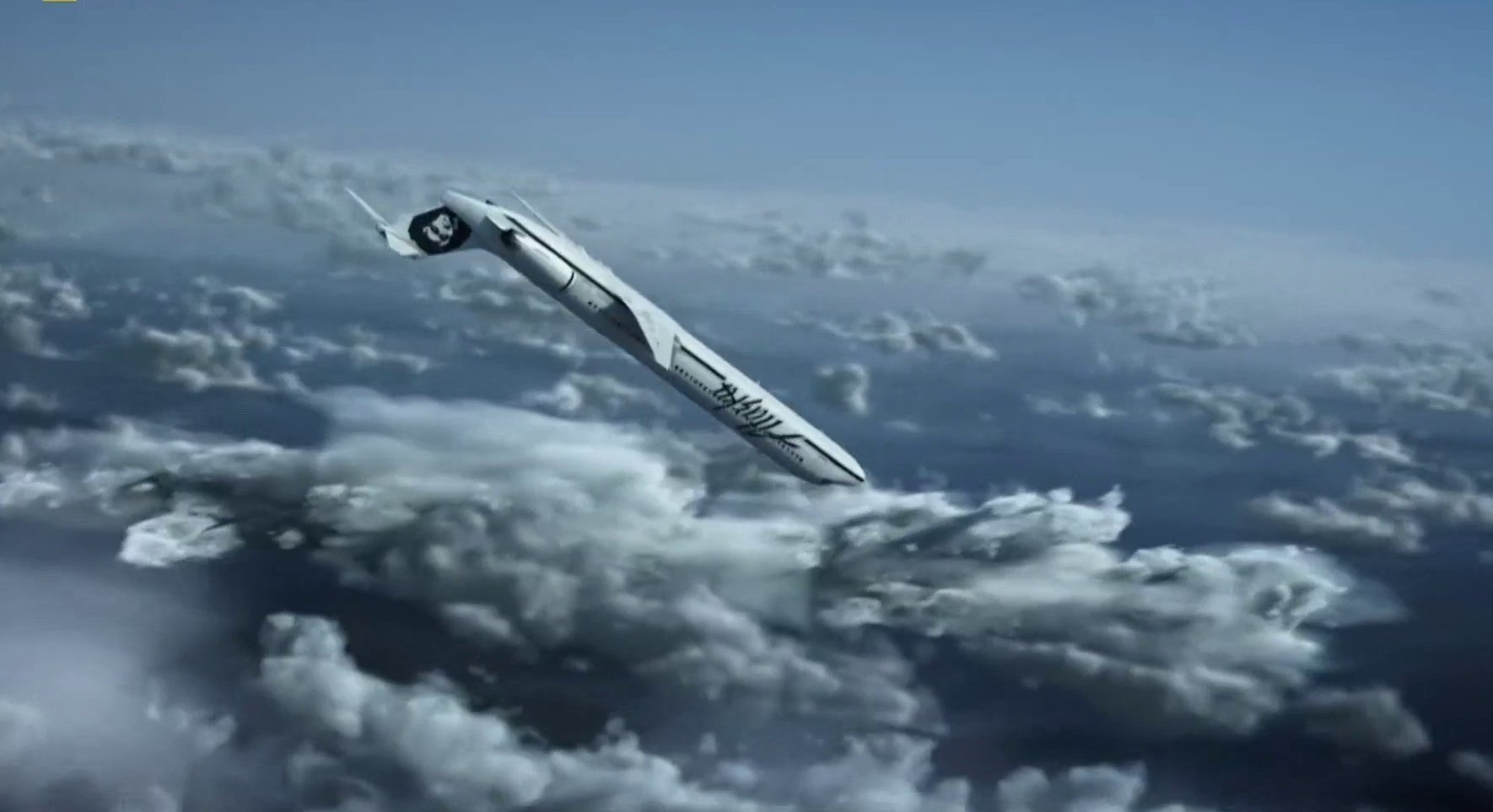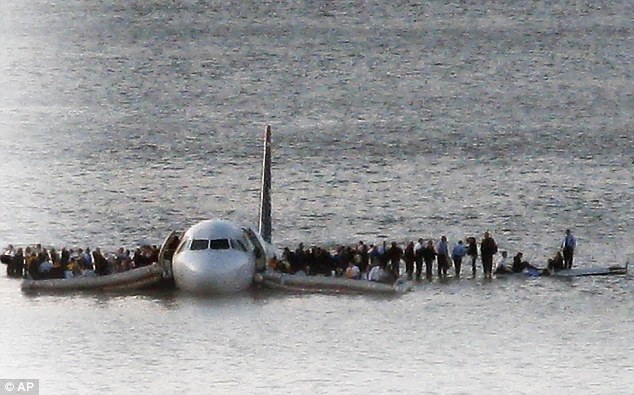The Most Notable Aircraft Accidents in the World
Aircraft accidents are tragic events
that can happen due to a variety of reasons, including mechanical failure,
human error, and extreme weather conditions. These accidents can result in loss
of life and significant damage to property. In this article, we will take a
look at some of the most notable aircraft accidents that have occurred around
the world.
The crash occurred on March 27, 1977,
when a KLM Royal Dutch Airlines Boeing 747, which was set to take off from
Tenerife Airport, collided with a Pan American World Airways Boeing 747 that
was taxiing on the runway. The KLM Royal
Dutch Airlines Boeing 747 that was involved in the Tenerife airport disaster
was a 747-206B model, which was first introduced in 1971. The aircraft had been
in service for six years at the time of the accident and had been maintained
according to standard procedures. The cause of the accident was determined to
be a combination of factors, including poor communication between the air
traffic control tower and the KLM flight, as well as a lack of proper
procedures for dealing with low visibility conditions. The KLM captain made an
error by taking off without clearance from the air traffic control, which
contributed to the tragic collision. The Pan American World Airways (Pan Am)
Boeing 747 that was involved in the Tenerife airport disaster was a 747-121
model, which was first introduced in 1970. The aircraft had been in service for
seven years at the time of the accident and had been maintained according to
standard procedures. The Pan Am 747, which was parked on the runway, was unable
to move out of the way in time when the KLM 747 started to take off without
clearance from the air traffic control, resulting in the collision. The cause
of the accident was determined to be a combination of factors, including poor
communication between the air traffic control tower and the two planes, as well
as a lack of proper procedures for dealing with low visibility conditions. The
KLM 747, which had been given clearance to take off, did not receive a message
to hold position and began to take off, despite the visibility being very low
due to a dense fog. The Pan Am 747, which was taxiing on the runway, was unable
to move out of the way in time, resulting in the collision. The crash resulted
in the deaths of 583 people, making it the deadliest aviation accident in
history. The accident was determined to be caused by a combination of factors,
including poor communication between the air traffic control tower and the two
planes, as well as a lack of proper procedures for dealing with low visibility
conditions. The KLM captain had made an error by taking off without clearance
from the air traffic control. The accident serves as a powerful reminder of the
importance of clear communication and strict adherence to standard procedures
in the aviation industry.
Another notable accident occurred on
November 12, 2001, when American Airlines Flight 587 crashed in Queens, New
York City. American Airlines Flight 587 was an Airbus A300-600 aircraft that
was en route from John F. Kennedy International Airport in New York City to
Santo Domingo, Dominican Republic on November 12, 2001. The flight carried 260
passengers and crew members. The aircraft crashed into the Belle Harbor
neighborhood of Queens, New York City, shortly after takeoff, killing all 260
people on board and five people on the ground. The accident was determined to
have been caused by the failure of the plane's rudder system, which was caused
by the co-pilot's excessive use of the rudder in an attempt to correct for
turbulence. The incident was the second-deadliest aviation accident involving
an Airbus A300, and the deadliest involving an Airbus A300 in the United
States.
On December 25, 2000, an Alaska
Airlines flight 261, a McDonnell Douglas MD-83, experienced a mechanical
failure which resulted in the deaths of all 88 people on board. Alaska Airlines
Flight 261 was a scheduled passenger flight operated by Alaska Airlines that
was operated using a McDonnell Douglas MD-83 aircraft. On January 31, 2000,
while en route from Puerto Vallarta, Mexico to Seattle, Washington, the
aircraft experienced a mechanical failure in the horizontal stabilizer which
resulted in the loss of control of the aircraft, and ultimately crashed into
the Pacific Ocean, killing all 88 people on board. The National Transportation
Safety Board (NTSB) determined that the accident was caused by the failure of
the plane's horizontal stabilizer jackscrew, which had been improperly
maintained by the airline. The failure of the jackscrew resulted in the loss of
control of the aircraft and ultimately the crash. The incident was the first
fatal accident for Alaska Airlines in over 30 years.
On July 17, 2014, Malaysia Airlines
Flight MH17 was shot down over eastern Ukraine, resulting in the deaths of all
298 people on board. Malaysia Airlines Flight MH17 was a scheduled passenger
flight from Amsterdam, Netherlands to Kuala Lumpur, Malaysia. On July 17, 2014,
the Boeing 777 aircraft was shot down over eastern Ukraine, near the village of
Hrabove. The 298 passengers and crew on board were killed. The investigation by
the Dutch Safety Board (DSB) established that the aircraft was shot down by a
Buk missile, which was fired from an area in Eastern Ukraine controlled by
pro-Russian separatists. The investigation also concluded that the missile
system used to shoot down MH17 came from the Russian Federation. The incident
was a significant international incident and resulted in increased tensions
between Russia and the international community. The incident also led to the
imposition of economic sanctions against Russia by several countries, including
the European Union and the United States.
Malaysia Airlines Flight MH370 was a scheduled passenger flight from Kuala Lumpur, Malaysia to Beijing, China. On March 8, 2014, the Boeing 777 aircraft disappeared without a trace, with 239 passengers and crew on board. Despite an extensive search effort, the wreckage of the plane has never been found, and the cause of the accident remains a mystery. The investigation by the Malaysian government concluded that the plane's communication systems were deliberately disabled, and it is believed that the plane flew for several hours before crashing into the southern Indian Ocean. Several theories have been proposed as to what may have happened to the plane, including a hijacking, pilot suicide, or mechanical failure. However, none of these theories have been proven, and the wreckage has never been found. The search for MH370 was officially suspended in January 2017, but some private companies and the Ocean Infinity company continued their search. The incident remains one of the greatest aviation mysteries in history and has prompted calls for improvements in aircraft tracking systems to prevent similar incidents in the future.
US Airways Flight 1549 was a scheduled
passenger flight from LaGuardia Airport in New York City to Charlotte Douglas
International Airport in Charlotte, North Carolina. On January 15, 2009, the
Airbus A320 aircraft experienced a bird strike, which resulted in the failure
of both engines. The pilot, Captain Chesley "Sully" Sullenberger,
successfully landed the plane on the Hudson River, and all 155 passengers and
crew on board survived. The incident, commonly referred to as the "Miracle
on the Hudson," was later determined to have been caused by the ingestion
of Canadian geese into the engines. The successful ditching of the plane on the
Hudson River was credited to the quick thinking and skill of the flight crew,
as well as the use of emergency procedures and the safety features of the
Airbus A320. The incident received widespread media coverage and was widely
praised as a remarkable example of successful emergency management. Captain
Sullenberger and his crew received numerous awards and honors for their
actions, and the incident served as a reminder of the importance of proper
training and emergency procedures in the aviation industry.
These are just a few examples of the
many tragic aircraft accidents that have occurred around the world. While these
accidents were caused by a variety of factors, they serve as a reminder of the
importance of proper maintenance, proper training, and proper communication in
the aviation industry. Additionally, these accidents also underscore the
importance of ongoing research and development in order to improve the safety
of aircrafts and reduce the risk of future accidents.
Aircraft accidents can be caused by a variety of factors, including:
Mechanical failure: This can include
issues with the aircraft's engines, landing gear, or other systems. Mechanical
failure can occur due to poor maintenance, design flaws, or problems with parts
and components.
Human error: This can include mistakes
made by pilots, air traffic controllers, or maintenance personnel. Examples of
human error include poor decision making, miscommunication, and failure to
follow standard procedures.
Weather-related issues: Adverse
weather conditions, such as thunderstorms, icing, and turbulence, can
contribute to aircraft accidents. Pilots must be properly trained to navigate
these conditions, and aircraft systems must be able to withstand them.
Sabotage: In rare cases, aircraft
accidents can be caused by acts of sabotage or terrorism.
Design or Manufacturing Defects:
Accidents can also be caused by defects in the design or manufacturing of the
aircraft which can cause a system failure or malfunction.
It's important to note that most
aircraft accidents are the result of a combination of factors rather than a
single cause. That's why investigations aim to identify all factors that
contributed to the accident and make recommendations to prevent similar
accidents in the future.
How safe is it to travel on plane?
Overall, flying on a commercial
airline is considered to be very safe. According to data from the International
Air Transport Association (IATA), the global accident rate for commercial
airlines is about 0.06 accidents per million flights. This means that the odds
of being involved in an accident while flying on a commercial airline are very
low. Safety in the aviation industry is continuously being improved through
research and development of new technologies, better training for pilots and
air traffic controllers, and stricter safety regulations. Airlines are also
required to adhere to strict maintenance schedules and safety procedures to
ensure that their aircraft are in good working order. However, it's important
to note that no mode of transportation is completely without risk. Factors such
as weather, human error, and mechanical failure can all contribute to
accidents. It's essential that passengers take the necessary precautions, such
as being familiar with emergency exit procedures and paying attention to the
safety briefing before take off. Additionally, it's important to be aware of
the current situation regarding the COVID-19 pandemic and the safety measures
implemented by airlines to reduce the spread of the virus. Many airlines have
implemented strict cleaning and disinfection procedures, mandatory face
coverings, and reduced capacity to ensure the safety of passengers and crew.
In conclusion, flying on a commercial
airline is generally considered to be very safe. However, as with any mode of
transportation, there are risks involved. It's important to be aware of these
risks and take the necessary precautions to ensure a safe flight.
















0 Comments
Thanks for visiting this site.